So, why model this RR?
Our family went to Elizabethton, TN, usually once a year to visit all our relatives. Every now and then, I might see some remnants of the old railroad. We'd pass the site of the covered deck bridge near Hampton (though I never realized at the time I was always looking on the opposite side of the highway on those trips to see if I could catch a glimpse of the remains of the grade at that point) or if I was really lucky, we'd go to Tweetsie RR near Boone. In the early 80s, all the men from the family once went to see the remnants of the grade through the Doe River Gorge. I don't think any of us at the time realized that they'd only stopped running trains through there a few years before as part of the ill-fated, "Hillbilly World," the billboard for which was visible from the highway for many years. The local library up there had a copy of the book, "Tweetsie Country," which I drooled over and got a copy of my own as soon as I could afford one.
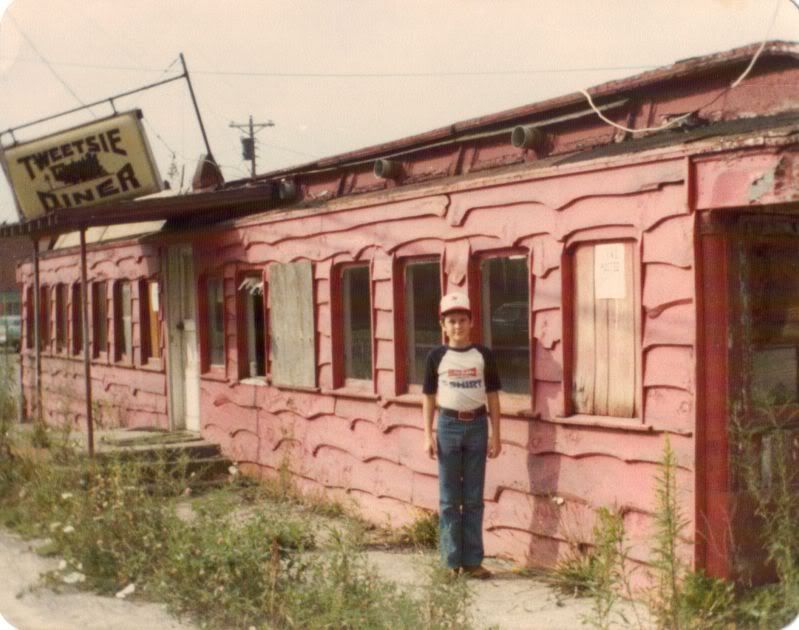
This is me, circa 1982, at the Tweetsie Diner near Newland, NC. This used to be ET&WNC coach # 23. Sadly, it burned down later.
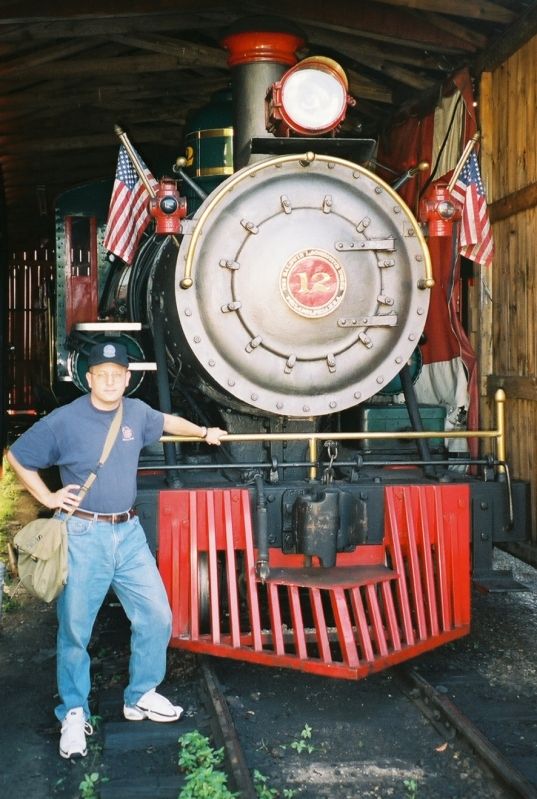
And here I am, 23 years later with ET&WNC # 12, a locomotive I've probably seen about 4-5 times in my life. It's also the only locomotive left from the 3-footer portion of the railroad (though standard gauge engines # 207 and 208 both still exist today).
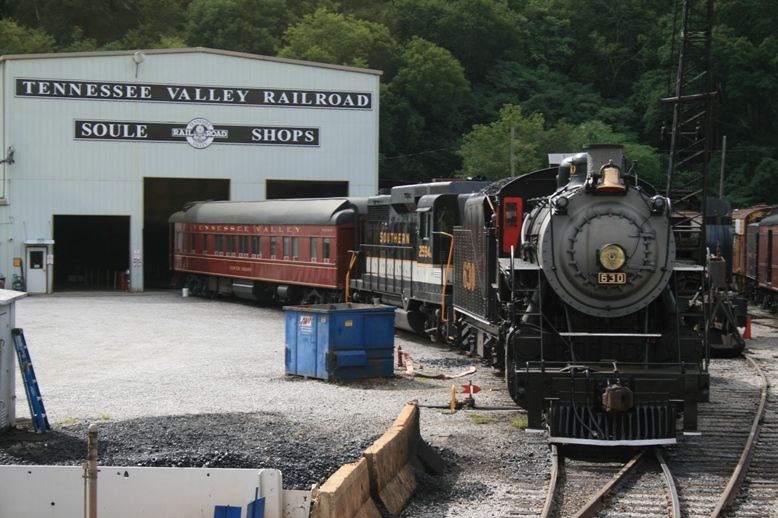
Here's what I refer to as ET&WNC #207; all other train fans refer to her as Southern RR 630. I took this shot in 2012, exactly 30 years after I was first there and got my first cab ride on this very locomotive. Sadly, she was cold at the time but had just run the weekend before. About 100 yards behind 207 is 210, one of the RS-3 diesels the Southern RR traded for the steam locomotive above and her sister engine, # 208 (later known as Southern RR 722). Sadly, the RS-3 is mostly gutted and also unlikely ever to wear her ET&WNC paint job again...
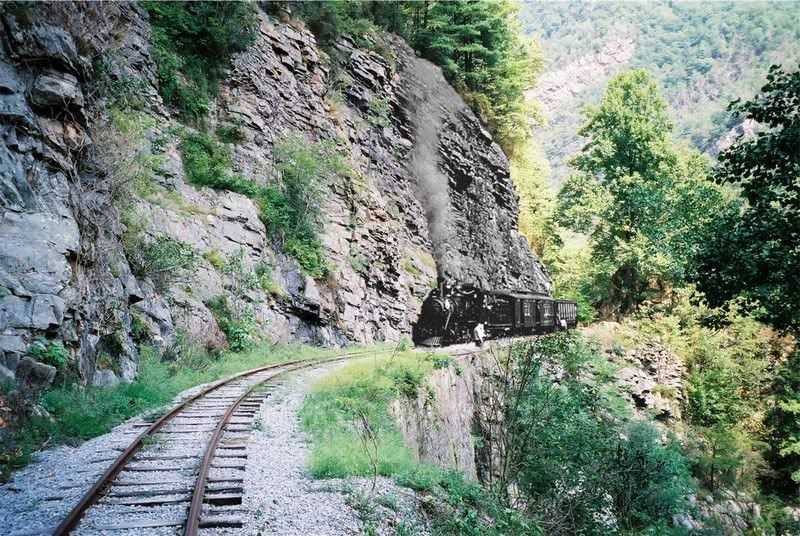
On my first trip to the restored Doe River gorge trackage, I overlaid this shot of a train coming around the same curve, taken from exactly the same spot (the edge of the hillside is from the original photo, proving I was exactly at the same location for my photo).
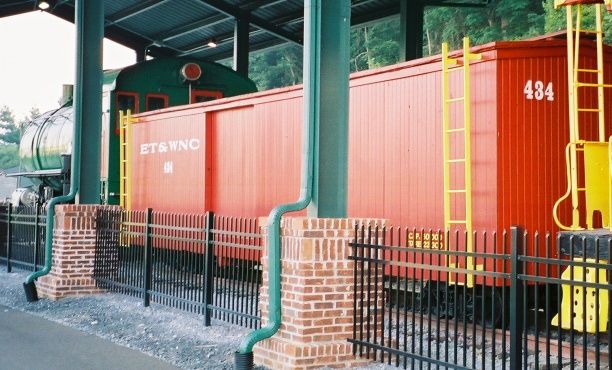
This is one of a few ET&WNC boxcars in existence, at Elizabethton, TN. This isn’t the real 434, when they pulled this car off someone’s property they couldn’t make out the number so they picked one from a list of known sold boxcars when the railroad folded up. Unfortunately, they chose a number of another boxcar that still exists today and is nearing the end of a long restoration. More can be seen on that car here: http://www.tarheelpress.com/etbox/ On the point is North American Rayon locomotive #1, which was the last steam engine in America which ran in interchange with other steam engines. I saw this engine running several times while growing up and even got to sit in the cab once in the 80s while it was under steam (and have the photos to prove it).
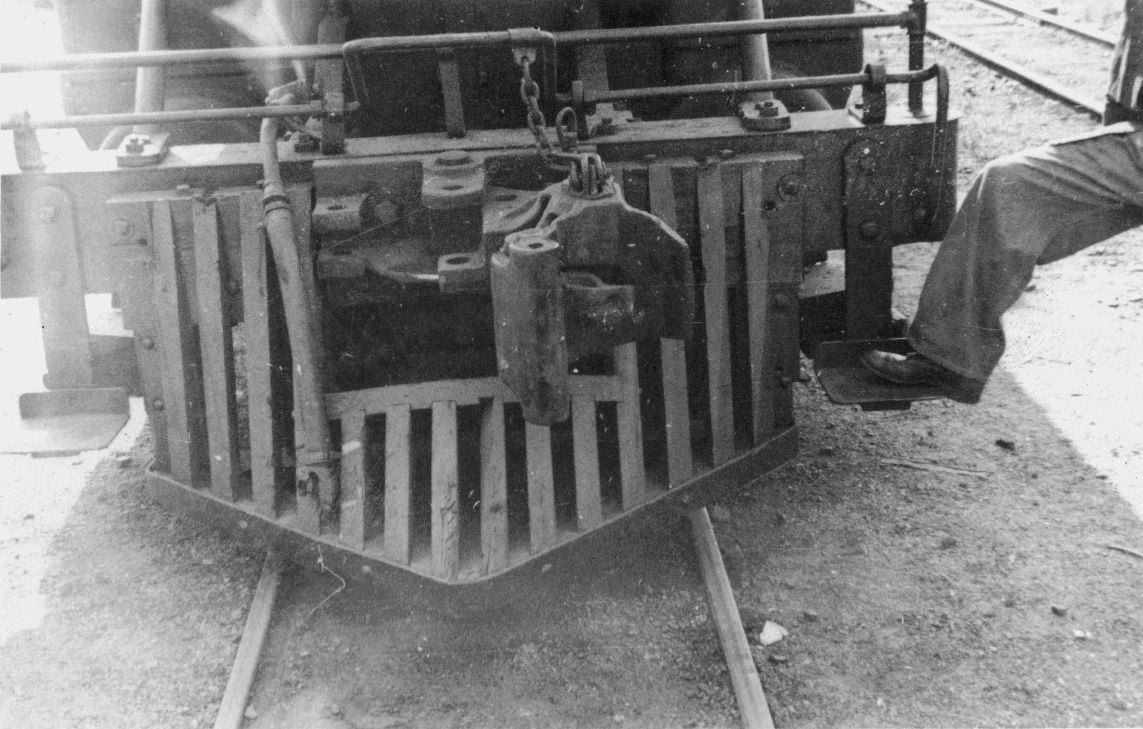
I collect ET&WNC stuff, which isn't too difficult (as there's next to nothing out there that's available) as well. I have a few original photos from before the line was abandoned, both the 3-footer and standard gauge stuff. This is a shot in my collection of #11's front coupler, which was an interesting contraption all the ET&WNC engines had, it allowed those 3-footer engines to couple standard gauge cars!

And here is an original ticket from the RR!
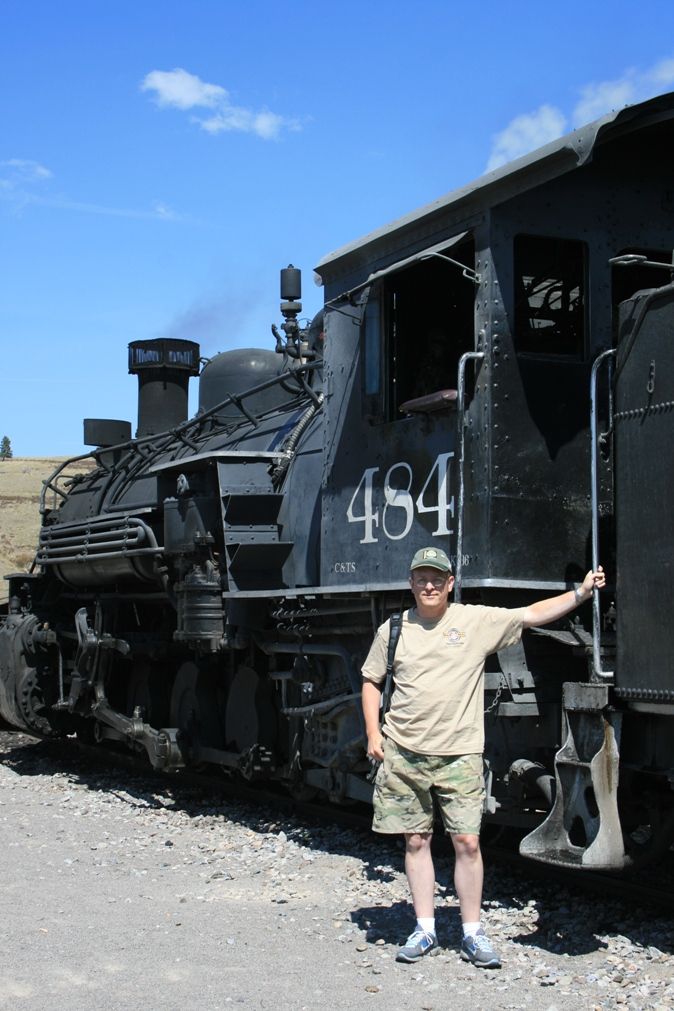
Just in case anyone is curious, yes, I do like 3-footers in other parts of the country. In fact, I've personally been to almost every existing narrow-gauge railroad in the US (including Hawaii and Alaska). Here I am below at Osier, Colorado on the Cumbres and Toltec... All that said, very little attention has ever been given to 3-footers East of the Rockies, it seems (other than the East Broad Top). The D&RGW lines have been modeled to death and there's nothing I add to that.